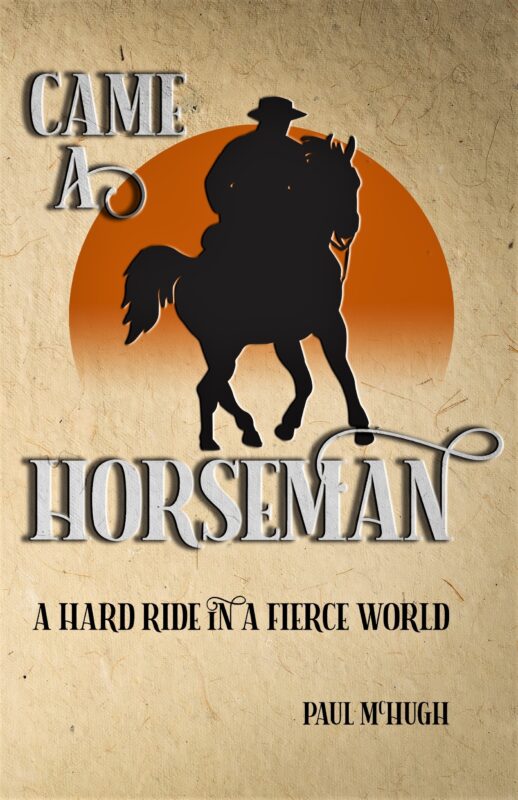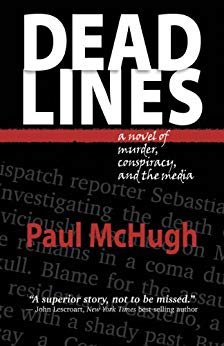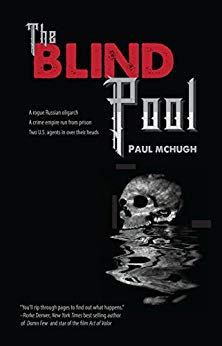San Francisco Chronicle
California North Coast Series: A Kayak Adventure
Paul McHugh, Outdoors Writer
September 6, 2005
Thai Food. Then “Go or No-Go?”
So for our last supper – in the embrace of civilization – we tucked into Thai food at a Crescent City restaurant on Monday evening. Our tasty carbo-load protocol complete, we jammed back into my Subaru wagon to ride back to the hotel, listening to the NOAA (National Oceanic and Atmospheric Administration) radio broadcast as we went. It was a moment-of-truth prior to our planned launch on Tuesday, a time to press the “go” or “no-go” buttons on our mental voyage computer.
The first part was encouraging: clear skies and low surf for our start. The second part was cause for concern: strong, 25-knot winds and 8-10 foot-high swells would come sailing in mid-week. Well, we’d deal with that problem when it cropped up. We pushed that concern to the back of our minds and focused on scoring a good night’s sleep.
By Tuesday, 9 a.m., we were on the banks of the Winchuck River estuary, loading our kayaks. The previous day, we’d stuffed and unstuffed and restuffed our gear bags and boat hulls to figure out what would fit and what would not, ruefully trimming away superfluous gear. So there was a minimum of whining at the launch site, just grunts of satisfaction as roll-top bags and watertight boxes slipped into place.
By 11 a.m., we were packed, suited up, and ready to hit the water. Bo Barnes, who has guided scores of trips, led us in a joint, “ahr-ROO-gahh!” yell. Then we slipped into our cockpits and paddled eagerly away from shore.
But naturally, someone forgot something. I had to go back and search for my paddling gloves. Didn’t find them. Later, I’d be pleased to realize I’d already stuffed them into my deck bag.
177 Years Earlier . . .
The Winchuck River – where explorer and mountain man Jedediah Smith had camped just 177 years earlier – makes a sinuous “S” turn before it reaches the sea. With our heavily laden sea kayaks weighing close to 400 pounds each (including paddler), we dragged our hulls on the last sandbar, and had to stick our hands down into the cool water in order to push free.
Then suddenly the Pacific Ocean was fully visible. Small, foam-crested combers rolled in.
My weighty bow rose slowly into the breaker, foam splashed into my face and chest and trickled into my paddling jacket. “This is really it,” I thought, and smiled. “Here we go.”
I joined Barnes and John Weed out beyond the surf line, and we raised our paddles together in a salute to those watching our departure from shore: Jim Irwin, a videographer from SF Gate; Michael Maloney, a star Chronicle photographer, who would parallel most of our voyage on land; as well as my wife, Dawn Garcia. I blew her a kiss, and then we pointed our bows toward San Francisco – some 400 miles, and an undetermined number of days away.
“Yow! My whole body is buzzing!” Barnes exclaimed. “Now I feel it. We’ve really started.”
Indecision is the Key to Flexibility
John Weed can tell you long stories, or let slip a keen bon mot (like, “Indecision is the key to flexibility”) but at this moment he maintained a gnomic silence, and simply smiled.
We set a course southward, about a half-mile offshore. However, I suggested angling back in to win a boost from the swell, and soon my GPS told us our 4 mph paddling speed had risen to 5.6 mph.
Prince Island emerged from the mist. This rugged, castlelike rock was the last refuge for the local Tolowa tribe after multiple massacres inflicted by settlers in the 1800s decimated the tribe’s numbers. The legend states that they didn’t come back off this island and begin to recover as a people until 1903. Looking at the rock’s brushy crags was sobering. It didn’t seem like a place that could offer much in the way of sustenance, except for nesting seabirds and their eggs.
We negotiated the boulder garden between Prince Island and the mainland, rounded the point, and studied the breakers that crashed onto the river bar at the mouth of the Smith River. We hoped to safely cross the bar, and make our first camp on a bank inside the estuary. After sussing it out, I decided the surf didn’t look so bad and paddled straight for it. A swell rose at my stern, the kayak accelerated and glided in for a hundred yards, then I stroked in beyond the breaker line.
My companions also rode in without incident. All aspects of this first day seemed to radiate promise, especially when a river otter surfaced near our boats like the river’s guardian spirit, cavorted a bit, and led us into the estuary. We also won stares from a crew of harbor seals as we passed. Barnes ticked off the species we saw as we cruised down the placid estuary, looking for the sandbar that would be our campsite – ghostly white egrets, a strutting blue heron, a darting Caspian tern.
All was well. I looked forward to pitching our tents, making a hot soup dinner, and sharing a few paddling yarns in camp. Then it struck me: we had just started to compose another paddling story.









